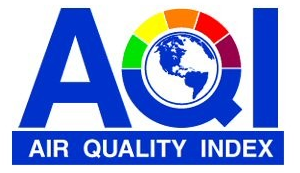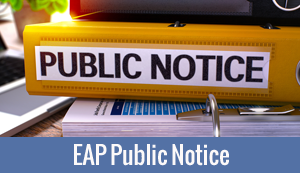In order to protect the health and promote the welfare of the citizens of Forsyth County, and to assist industry in Forsyth County to operate more efficiently and economically, it is the policy of the Forsyth County Office of Environmental Assistance and Protection to reduce the level of pollution entering the air, water and land by a variety of means, emphasizing the use of pollution prevention (P2) principles whenever possible.
Pollution Prevention is the use of materials, processes, or practices that reduce or eliminate the creation of pollutants or wastes at the source. It includes practices that reduce the use of hazardous and non-hazardous materials, energy, water, or other resources as well as those that protect natural resources through conservation or more efficient use. Pollution Prevention is not:
- Changing waste from one form to another
- Treatment to detoxify or to recover energy
- Disposal
- Recycling
How can P2 be achieved?
Through facility planning, a systematic approach to implementation of P2 can be developed that consists of quantifying chemical use and waste generation, P2 options identification and evaluation, goal setting, and progress assessment. Two general ways are to implement P2 are:
- Process changes/redesign (prudent purchasing, operational changes, technology changes, increased energy efficiency, improved maintenance, in-process recycling) or
- Product changes/reformulation (development of a less chemical-intensive product, development of a higher quality product that lasts longer, incorporation of a life-cycle analysis including the use and disposal options for the product)
P2 Benefits
- Environmental Benefits: protection of the environment from further degradation (environment quality), prevention of irreversible environmental problems, and a reduced rate of depletion of natural resources, assist in compliance with environmental laws.
- Health Benefits: protect human health of public and workers: reduced risks to human health and safety, reduced worker exposure to toxic chemicals.
- Economic Benefits: increase the efficiency and competitiveness of American industry: cost savings can include: reduced waste treatment and disposal costs; reduced raw material costs; reduced transportation costs; reduced compliance costs for permits, monitoring and enforcement; reduced production costs through better management; income derived through sale or reuse of waste; reduced energy costs; elimination or reduction of waste management costs; reduced operating costs.
- Regulatory Benefits: easier to maintain compliance, reduced regulatory requirements, free up resources by reducing your regulatory burden.
- Liability Benefits: reduce liability for environmental problems at both on-site and off-site treatment, storage and disposal facilities; lower the risk of spills, accidents, and emergencies; help protect workers; lower risk and liability costs.
- Public Image Benefits: EPA reports- Toxic Release Inventory, EPA public recognition, Company publication of P2 activities, improve employee morale and participation, enhance the company’s image in the community.
Acknowledgement Program for P2 Efforts/Projects
The Forsyth County Environmental Assistance and Protection Board annually issues two awards, the "Special Air Quality Award" and the "Special Environmental Award". The "Special Air Quality Award" is awarded to an outstanding facility that implements a project generating a reduction of air pollution in excess of the reduction specified in its air quality permit. The "Special Environmental Award" rewards an exceptional activity or project achieving pollution prevention/reduction in any environmental medium. Learn more about these awards.
The D3-3 Form
The Forsyth County Air Quality Technical Code states that a source reduction and recycling description must be submitted along with each:
- payment of an annual permit fee
- permit application for modification of an existing facility
- permit application for a new facility
To assist facilities in meeting these submittal requirements, the Department has developed a Source Reduction and Recycling form called the D3-3 Form.









